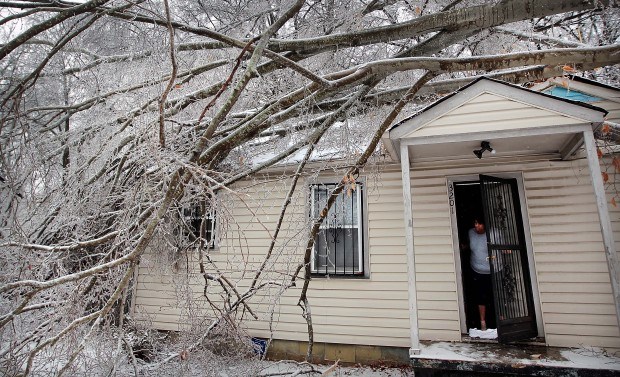Catastrophe risk modeler AIR Worldwide has expanded its suite of models for Canada with the release of Winter Storm and Tropical Cyclone models. In addition, comprehensive updates have been made to the hazard and engineering components of the Canada Severe Thunderstorm Model, the company said in a statement.
AIR said the new Winter Storm model better captures the effects of damaging winds, winter precipitation (snow, ice pellets and freezing rain) and freezing temperatures found in Canada. The model includes different manifestations of winter storms across the region, such as high winds and heavy snowfalls in the west, strong winds over the prairies, ice storms in the Great Lakes and St. Lawrence Lowlands, and nor’easters in the Maritime provinces. The model also includes indirect damage mechanisms, such as ice damming and subsequent water infiltration into roofs, and ice loading that leads to falling trees and utility lines.
The new Tropical Cyclone Model for Canada effectively captures the effects of damaging winds on insured properties in seven Canadian provinces. AIR said that while tropical cyclones often weaken as they track north to Canada, storms at these latitudes typically grow in size as they adopt extratropical characteristics and are faster moving. Wind intensity computations in this new model are based on a storm’s central pressure, size, forward speed and direction. The interaction of the storm with the underlying terrain and land cover is also considered in order to more properly calculate damage to onshore properties.
Updates to the AIR Severe Thunderstorm Model account for the losses incurred by straight-line winds, hail and tornadoes on insured properties. The model simulates daily convective storm activity, allowing for the capture of both small and large loss events.
The Severe Thunderstorm, Winter Storm and Tropical Cyclone models for Canada are currently available in the Touchstone 3.0 and CATRADER 17 catastrophe risk management systems.





















 California Workers Comp Combined Ratio for 2024 Highest in 20-Plus Years
California Workers Comp Combined Ratio for 2024 Highest in 20-Plus Years  Is the AI Boom a Bubble Waiting to Pop? Here’s What History Says
Is the AI Boom a Bubble Waiting to Pop? Here’s What History Says  What to Expect in 2026: U.S. P/C Results More Like 2024
What to Expect in 2026: U.S. P/C Results More Like 2024  Breaking: Andersen to Replace Zaffino as CEO of AIG on June 1
Breaking: Andersen to Replace Zaffino as CEO of AIG on June 1 










